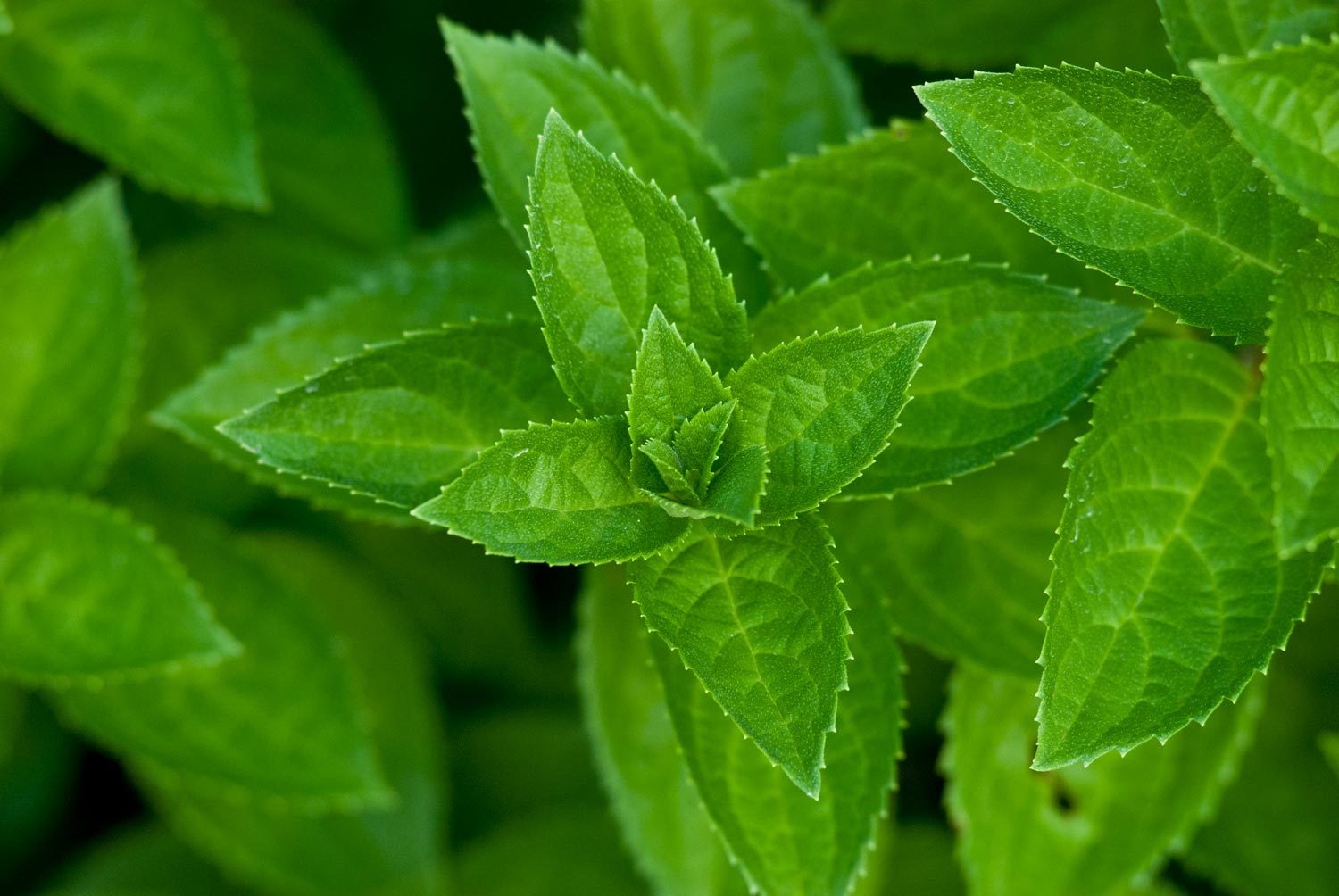Green Thumbometer
Photos by Forrest Anderson
Gardening is a perfect activity to engage in while you’re at home during the coronavirus pandemic, and now is the perfect time of year to start thinking about it. It’s a risk-free way to get outside in the sunshine, get some exercise and relieve stress.
Uh, sort if…. If you don’t handle it right, gardening along with cooking and some of those other activities you’ve decided to get on with while you’re at home can add extra stress.
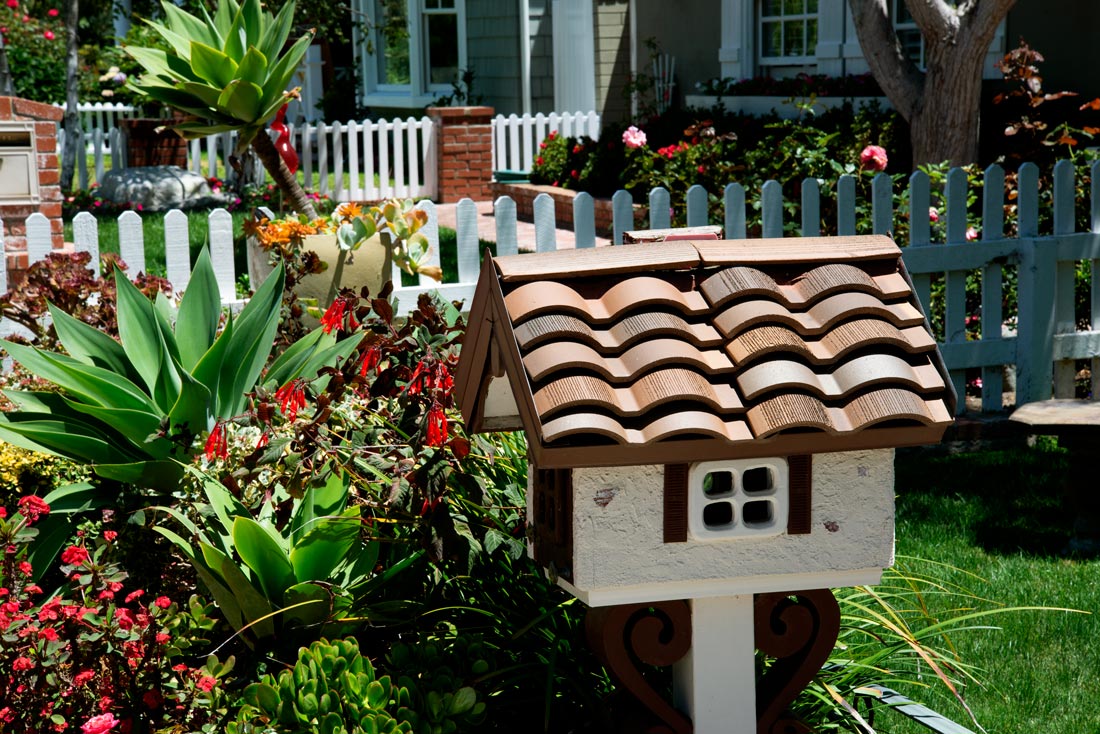
We all start out with visions of an idyllic garden, but it takes thought, organization and some knowledge to achieve it.
I come from a long line of prosperous farmers and ranchers who raised beautiful gardens. I inherited their love of growing things but not their green thumbs. The result was years of bounding enthusiastically out into the yard at the first sign of warm weather to dig, plant and water only to produce a marvelous crop of weeds and a somewhat disappointing crop of whatever I was trying to grow.
It wasn’t until I wrote a book about an expert gardener who was raised on a farm during the Great Depression that I discovered a workaround for brown thumbitus. He described to me in detail the seasonal workflow that his family followed to produce the one-acre garden that fed them through the Depression.
“What I need is this kind of a workflow so I know what to do at the right times in my garden,” I thought. It clearly wasn’t enough to blithely plant, indiscriminately water and hope for good results. I needed a seasonal plan. It needed to be customizable to the plants I wanted to grow each year, what would grow in my yard, the amount of time I had to devote to gardening and the results I wanted to get. I was tired of growing squash that my family wasn’t interested in eating while getting a disheartening crop of peppers which we love. I’d had it with trying out the recommendations of gardening books and YouTube experts that didn’t work in the microclimate of my yard.
I also realized that each year is different. The weather varies and so does the time I have to spend in my garden. Some years, I have a lot of time to try growing things. Other years, my time is taken up with other activities and I want only a small, basic garden.
I started researching the idea of creating a yearly workflow for gardening. After I had outlined such a workflow, I integrated it with information about how to care for specific plants throughout the year.
Since every year is different, I wanted to figure out how to customize the workflow every year. I tried keeping it in a journal, which proved too inflexible, too much trouble to carry around and too prone to getting dirty or wet in the garden. A calendar had the showstopping problem that it was thrown out for a new one every year. When I had to make a shopping list of items I needed to buy for my garden, there was no place in the calendar to do so.
The answer was an iPhone app that I could download, carry around in my phone and consult and change in the yard on the fly. Thus was born the Green Thumbometer gardening app, which I designed and my husband Forrest Anderson developed. The Green Thumbometer app combines a gardening to-do list, gardening calendar, gardening journal and gardening information into a single app that you can use and customize as you work in your garden. For $2.99 at the App Store, about the price of two vegetable seedlings, it's a good deal.
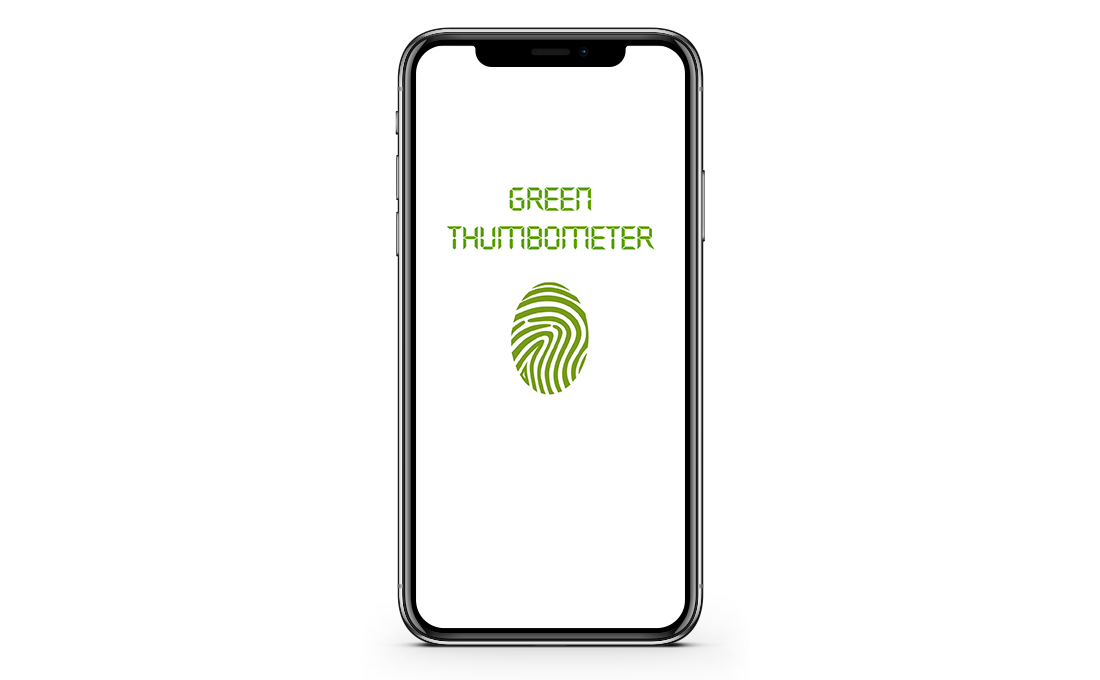
Here’s how it works:
Choose the hemisphere in which you live - north or south. This is important because the seasons are the opposite in the northern hemisphere from those in the southern, and gardening is a seasonal pastime. The app adjusts under the hood to the seasons of the hemisphere in which you live.
Choose a month.
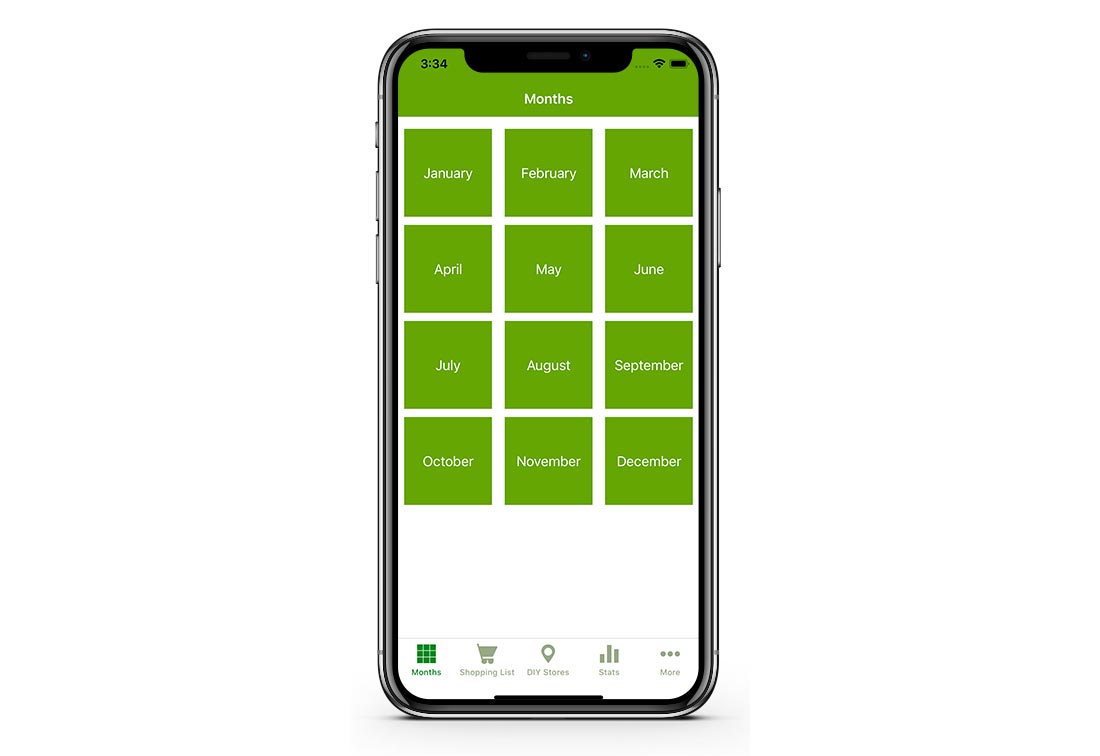
Work your way through a checklist of tasks for that month, checking them off as you go. You can sort them in the order you want or delete tasks you don't need to do.
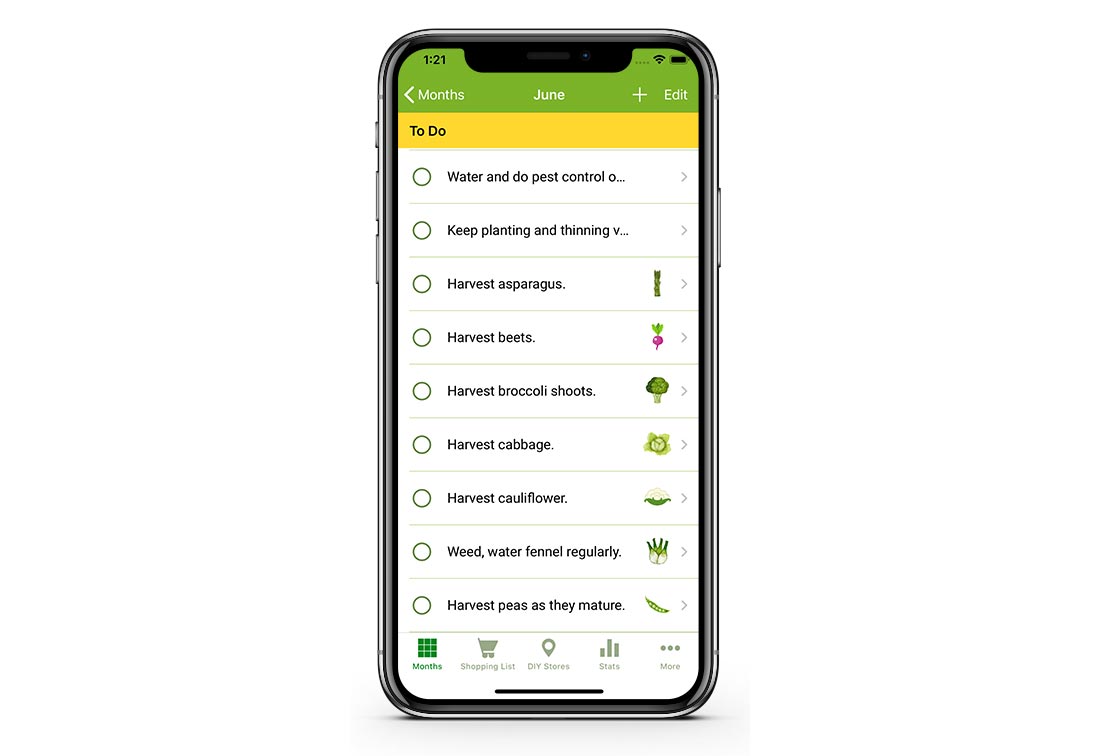
You can add your own new tasks.

If you want to see more information about a task, click on it to bring up a details page. If you want to edit the details page, click edit. You can change the title or detailed information about a task. Add notes or copy and paste a DIY video or website link into the notes section so you can consult it later. Add a helpful photo.
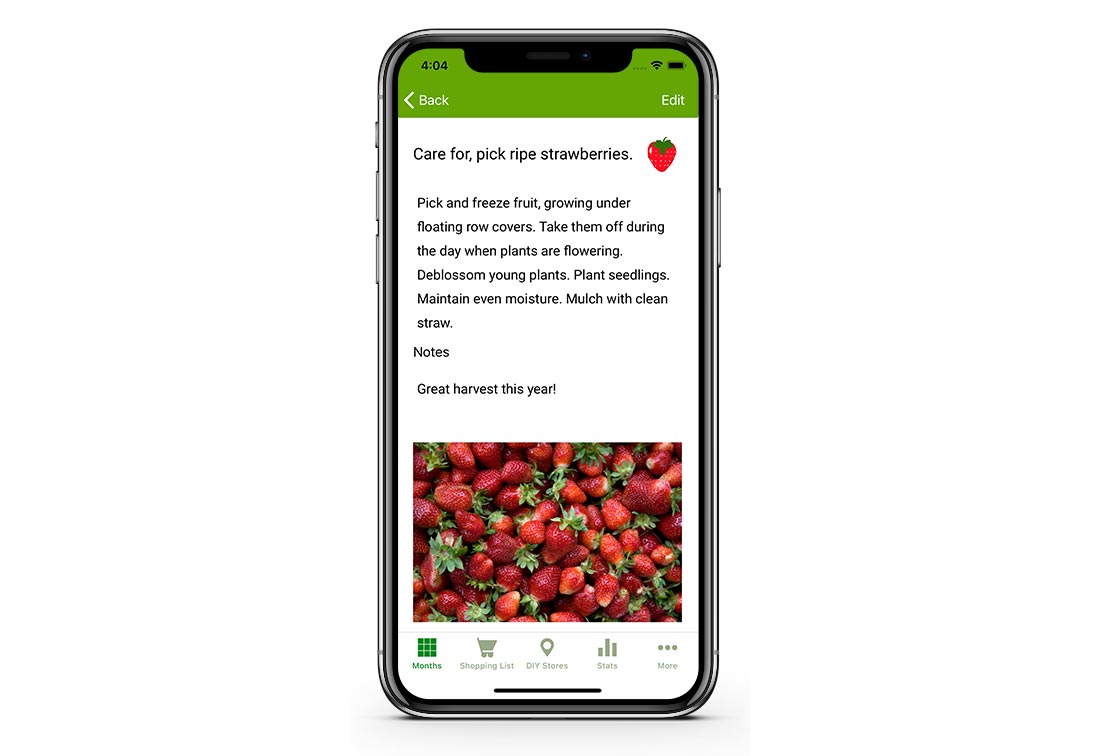 When you need to buy plants or gardening tools and supplies, add them to the shopping list.
When you need to buy plants or gardening tools and supplies, add them to the shopping list.

Then use the in-app map to find the nearest gardening store or plant nursery where you can pick up those items.
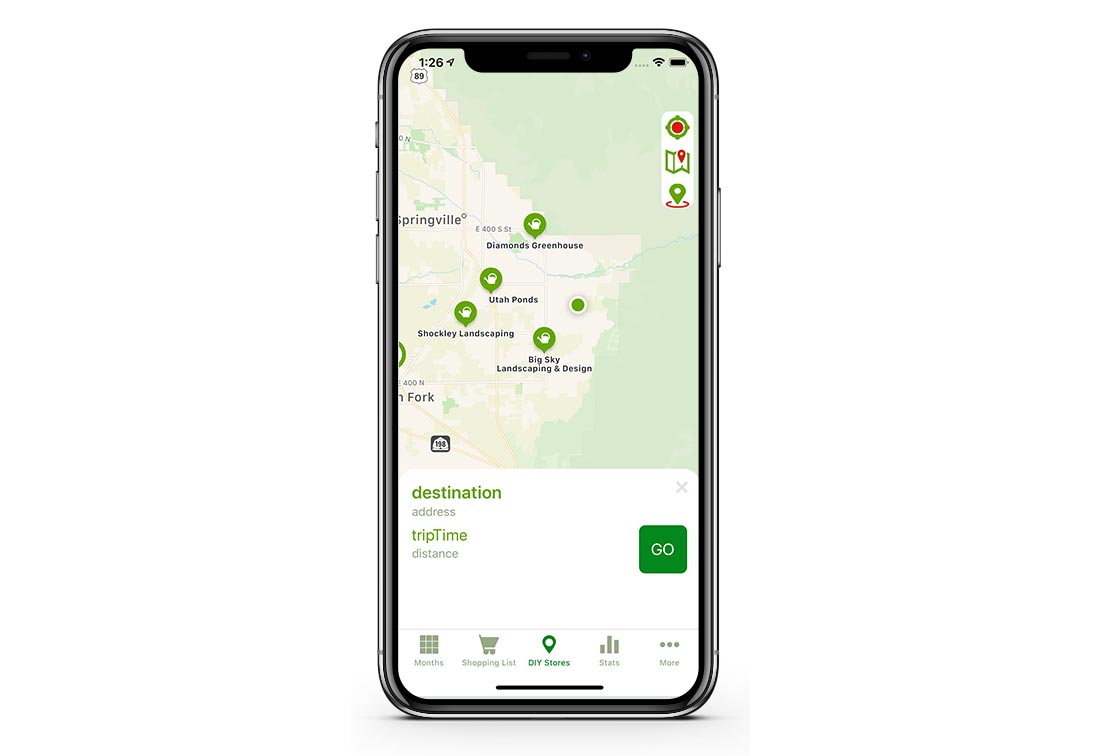
When you have completed all of the tasks in a monthly checklist, the color of that month will change on the STATS page to show that your green thumb status is going up.
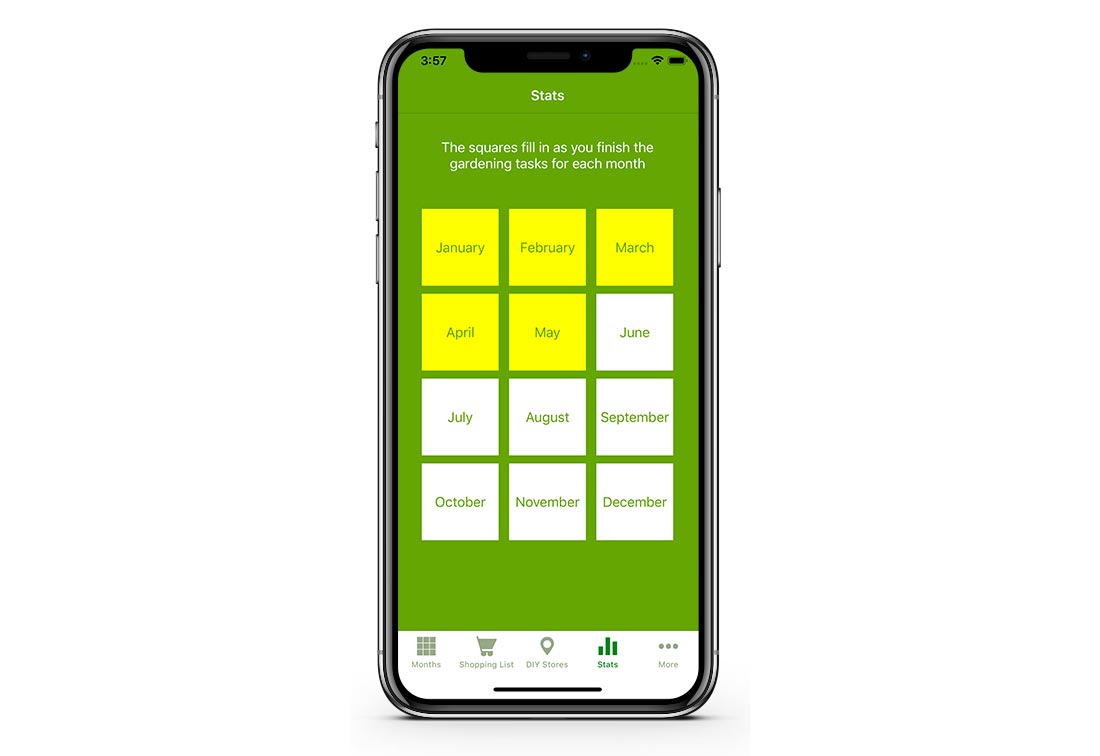
The idea behind the Green Thumbometer is that while there may be a few people who naturally have a green thumb, the rest of us can improve our chances of having a satisfying garden by doing certain things at certain times of the year. The app helps simplify that and enables us to adjust our gardening approach depending on our circumstances.
The app is available at the App Store.
Here are some tips to help make your garden successful without growing your stress level:
- When deciding on plants, ask yourself what you want to grow – beautiful flowers? Fruits and vegetables to supplement your grocery budget? Which ones? Choose the ones you love and don’t plant ones you won’t, because you won’t be interested in caring for them over several months. Shorten the list further by choosing only plants that will fit in the available space and thrive in the light, soil and other growing conditions in your yard. Skip plants that you will have to baby to get to grow. Resist the temptation to buy every exotic plant in the seed catalog that you got in the mail. Start with a few easy-to-maintain plants. If you don’t know what to plant, ask gardeners in your neighborhood or community what plant varieties they have had consistent success with.
- Buy seedlings at reputable plant nurseries rather than seeds if you are just starting to garden. It’s tempting to go the cheaper route with seeds and bare roots, but I usually have better luck with plants and potted trees and they are easier to care for because the nursery already has done a lot of the work for you. When you have more experience, experiment with seeds. Plant your choices in the sun conditions recommended on their labels and fertilize and water them appropriately for each plant.
- Make sure you have rich healthy soil. No one lives in the Garden of Eden, so just get used to amending your soil with compost and organic fertilizers and mulching plants. If you have truly terrible soil that doesn’t respond to amending, consider raised beds and containers and fill them with good potting soil mixed with composted manure. Add a low-nitrogen, slow-release fertilizer at planting and mid-season.

Raised beds are a great way to get around poor soil.
- You need only a few garden tools – a shovel, a sturdy trowel with a metal scoop and strong handle, a rake, a watering can, pruning shears, gardening scissors, gardening gloves, and a hose are a good beginning.
- Gardening is a skill that you can get better at. My ancestors were good at it because they had done it all of their lives and had come to know what would work and what wouldn’t. A friend of mine told me once in response to my lamentations over my gardening failures, “What’s the worst that can happen? The plant dies and you replace it with another one. Drop the guilt trip and just get another one.”
- Record what you learn and use it to change how you do things so you don’t repeat the same mistakes next year. Ask your friends who garden what to do about your gardening malfunctions and record their responses.
- Be persistent. The more you get into the seasonal routine of watering, weeding and keep your garden well-maintained, the better your garden and your physical and emotional health will be.
- When your plants are ready to pick, enjoy them! But even if you don’t get a great harvest of everything, remember that the number one benefit to gardening is getting out in the sunshine and soaking up vitamin D and a good workout. Another benefit is that gardening can help you cook and eat more healthfully.
- Don’t take on too much too fast – especially now when you’re under stress from the lifestyle changes required by the coronavirus pandemic. Gardening can be done in a large yard or in containers on your windowsill. When people try to do too much in a garden, they get overwhelmed and quit. Start small and make changes as you go. And don’t wait until you’ve watched every gardening video on YouTube to get started. Instead, learn as you go.
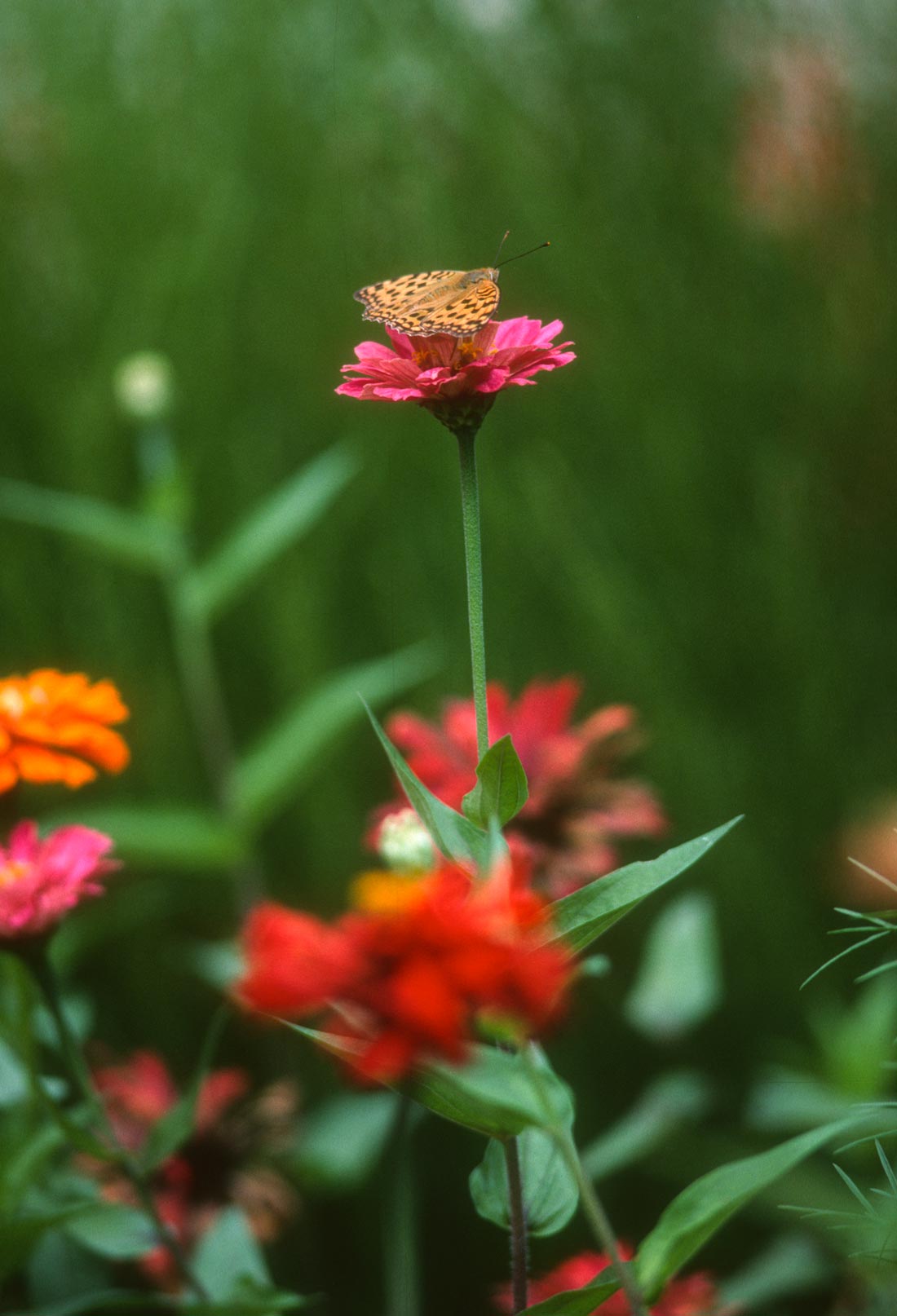
Related photos:
Check out these related items
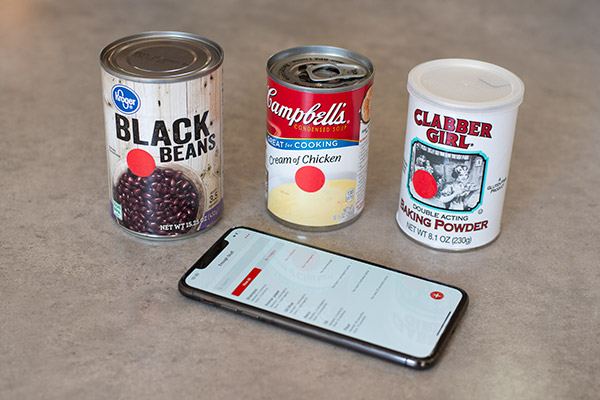
Inventory App and Sticker Dots
Use sticker dots and an easy inventory app, Enough Stuff, to keep track of your food supplies, toiletries and other stuff of all kinds.
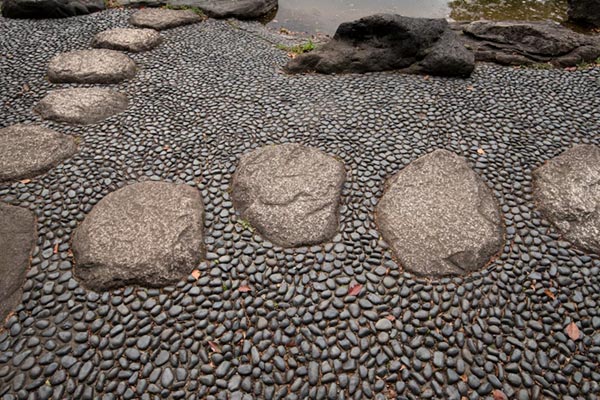
Green thumb challenged? Grow rocks
Okay, so you don’t have green thumbs. We don't either. Not to worry. Rock gardens are the next best option.
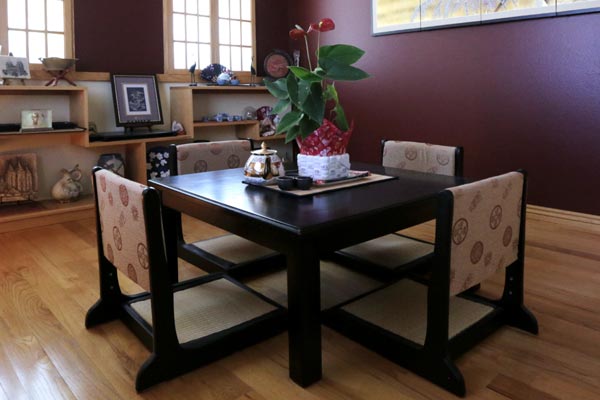
Private Paradises Amid Adversity
Sheltering at home has been accompanied by an outpouring of creativity that can help us cope with adversity and shape our future.
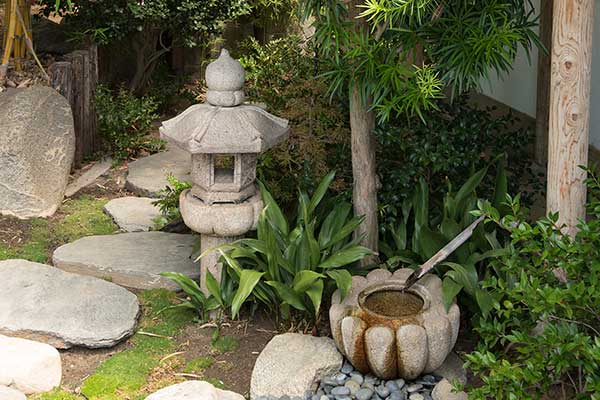
Elements of a Japanese Garden
Imagine you're sitting in Los Angeles traffic on a hot day. Take a break and head for a cool green oasis - Suihoen Japanese Garden
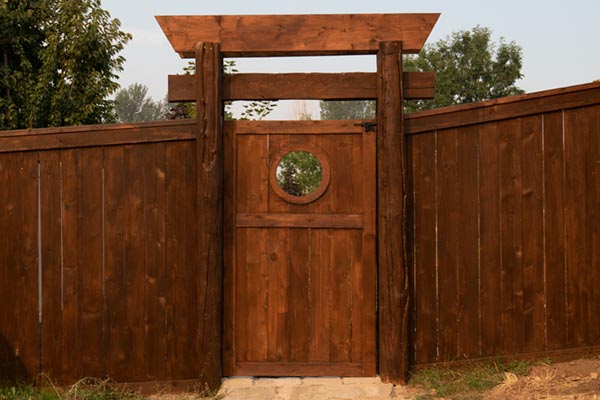
Making a Japanese Gate
We were charmed by the beautiful gates that are the entrance to homes in Kyoto and Nara, Japan, so we decided to make our own.
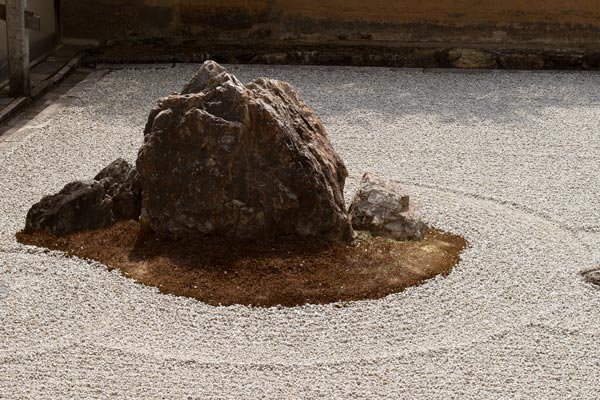
Meditation and Japan’s Rock Garden
Meditation is the theme of the Ryoanji dry rock garden. Find out why the garden inspires meditation and how to meditate.
